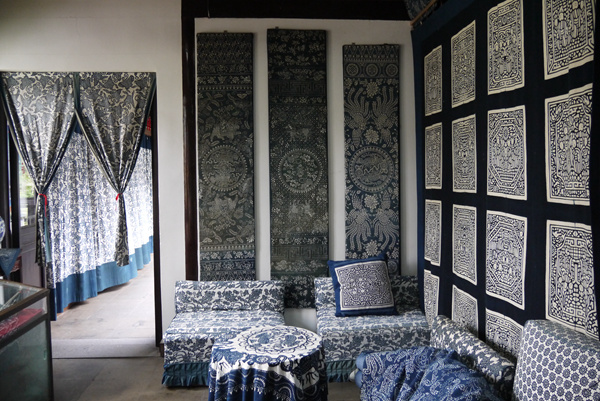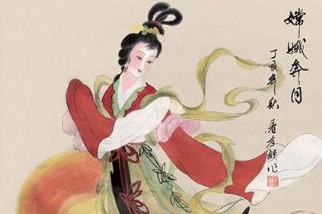Keeping alive a skill to dye for


Born in Nantong in 1987, Ni obtained a master's degree in finance at Hohai University in 2012 and then worked in a bank. Later, he met and fell in love with Wu Lingshu, who had just graduated from the Chinese National Academy of Arts and had returned home to Nantong to inherit the craft.
According to Ni, at that time, many of Wu Yuanxin's apprentices turned to other jobs instead of inheriting the craft, which was poorly paid. When Ni saw the dedication and hard work of his father-in-law and wife, he decided to gamble on making a living in the sector and quit his job.
"Inheriting and passing on crafts in a family is relatively stable. Other people often give up halfway since it's difficult to make much money in a short time," says Ni.
He received encouragement from eminent artist Han Meilin. He met Han when the artist visited the museum in 2018. Numerous people do work related to finance in China, but there are not many working as traditional craft inheritors, Han told Ni. "Your change of job is very important, and I hope you can pass it on to the next generation," Han said to Ni.
At first, Ni tried to learn the basic skills. "In the old days, apprentices needed to learn the craft for five years to basically grasp it," says Ni. "When I started, I realized the learning is endless. You must continue to spend time improving, so that you can master the core techniques and become skillful."
Ni took advantage of his educational background, and innovatively analyzed the craft in a different way from the older craftsmen. "In the past, craftsmen made their works mainly based on their experience," Ni explains. "I try to consider reasons for their experience, analyze such experience in the form of data, and make some comparisons to better understand it."
Patterns are an important part of blue calico.




































